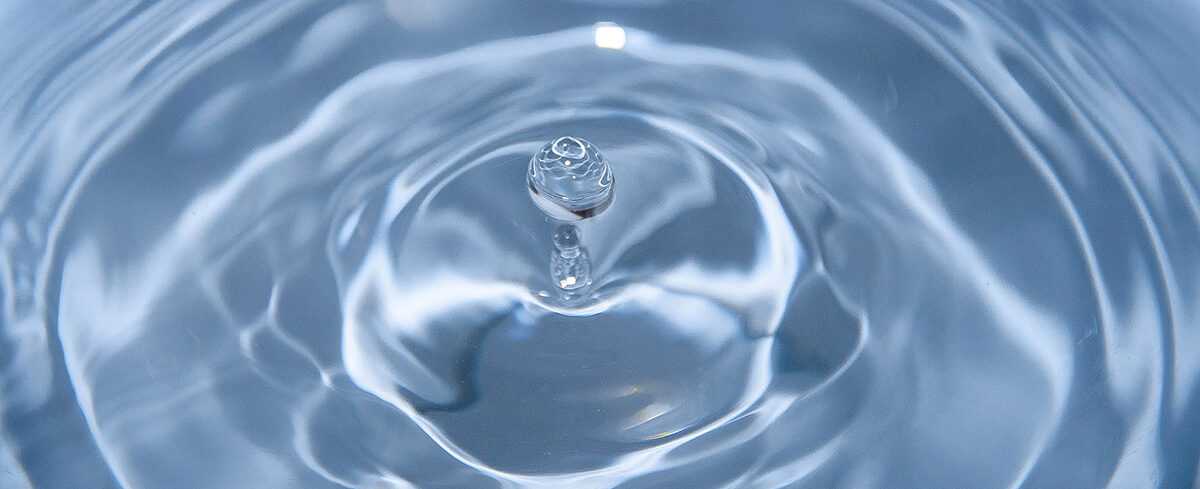Send us your feedback
Here you can send us feedback on the Maxess-website. Please describe the problem or what’s missing in a clear way, and on what page you found the issue. Thank you so much for your help!
Cleaner drinking water with neutron scattering techniques
Safe and readily available water is vital for public health, whether it is used for drinking, domestic use, food production, or recreational purposes. Sweden Water Research and ESS collaborated to explore how neutron scattering techniques can be used to develop more efficient water purification methods.
Plastic use is ubiquitous in our modern-day society. Many plastic products contain the chemical bisphenol A (BPA), which is added to make the plastic clear and hard. BPA can enter the environment directly from chemicals, plastics coat and staining producers, from recycling companies, foundries who use BPA in casting sand, or indirectly leaching from plastic, paper and metal waste in landfill.
BPA is endocrine-disrupting, can affect human reproductive capacity, and disrupt brain development. BPA also poses a danger to wildlife, especially aquatic species.
Purify water with clay and sand filter materials
Water treatment plants that filter and clean our household water must remove BPA efficiently to ensure that the water is safe and clean for human consumption and use. Clay and sand are potent and easily available filter materials for water purification.
Scientists at Sweden Water Research, together with researchers at ESS, used neutron scattering techniques to study what happens if clay and sand filter materials are increasingly covered with BPA.
Neutrons are optimal for studies investigating how water behaves in opaque structures or materials, such as clay and sand. They are non-destructive and can penetrate more deeply than other research methods, allowing researchers to see inside the materials.
The team conducted their experiment using the vibrational spectroscopy instrument, the VISION, at Oak Ridge National Laboratory at the Spallation Neutron Source (SNS) in Oak Ridge, US. The samples they used consisted synthetic clay and sand and were prepared at ESS and then brought to the US. Each sample surface was covered with different amounts of BPA.
Neutron scattering revealed atomic details
The experiment showed that the water dynamics in clay and sand filter materials change on the atomic scale when increasing amounts of BPA cover their surfaces.
The more BPA that covered the surface, the more the properties of the filter materials changed; an essential result since this has a negative impact on wastewater purification using clay and sand filters.
Pursuing new water purification treatments
The collaboration has provided essential new knowledge about how clay and sand can be used as water purification filters and how they behave when they come into contact with BPA.
By gaining more in-depth information about how BPA behaves at atomic scale, engineers can gain important knowledge about how to improve water filters and develop more efficient water treatment methods. In addition, the collaboration demonstrates how neutron scattering techniques can be used to progress applied science, and address important environmental challenges in industries which have not used neutrons before.
“I enjoyed working with Swedish Water Research as the collaboration allowed to bridge the gap from basic research to application. In turn, I also found that presenting the capabilities of large
Monika Hartl, Group Leader, Sample and User Laboratory Facilities, ESS–scale research facilities is often an eye–opener for the colleagues from industry as they start to understand the impact some of the measurement techniques can make on their products.”
Case Details
Sweden Water Research AB



